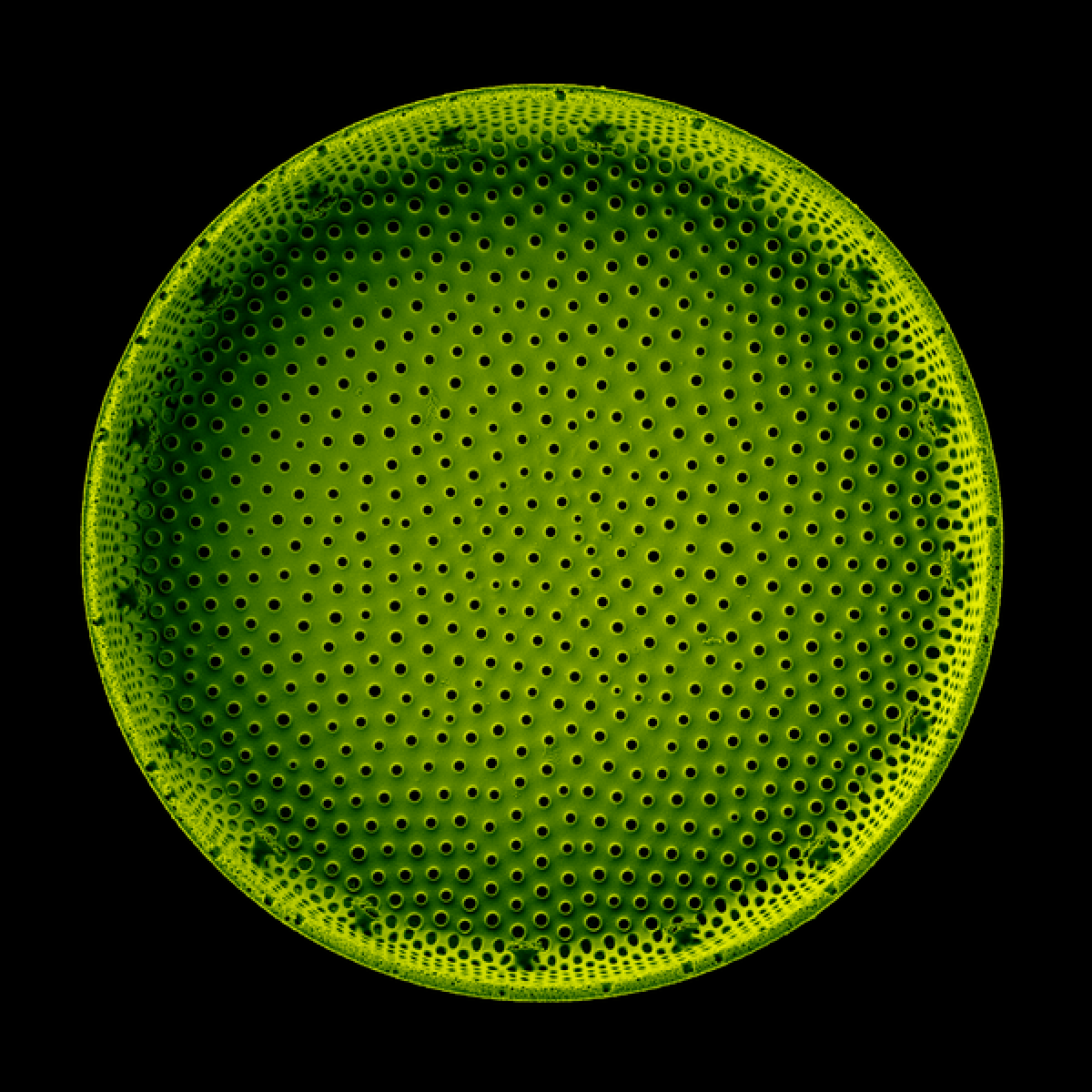Follow us on Google News (click on ☆)
Phytochromes are encoded in the genome of diatoms and allow them to detect variations in the light spectrum at different depths. This invaluable information guides the microalgae in their vertical positioning, enabling them to adapt their biological activity, even in waters subjected to constant turbulence.
This ability, however, is not universal. Researchers from CNRS and Sorbonne University have discovered that only diatoms living beyond the Tropics of Cancer and Capricorn possess these sensors. The marked seasons in these regions compel these algae to adjust their behavior to changes in light.
Using data from the Tara Oceans expeditions, scientists observed that phytochromes also allow diatoms to measure the passage of time. This essential function helps coordinate their photosynthesis according to the seasons, thereby optimizing their survival in extreme environments.
The discovery, published in Nature on December 18, 2024, underscores the importance of conducting research both in laboratories and in the open ocean. These combined studies provide key insights into how these algae respond to the current climate upheavals.
Moreover, this research has highlighted other unexpected capabilities of diatoms, such as their ability to consume organic matter. This process could play a still-unknown role in the regulation of marine ecosystems. Additionally, diatoms were recently found to engage in symbiosis with bacteria capable of fixing nitrogen. This biological interaction underlines their fundamental role in maintaining the chemical balance of the oceans.
Understanding these mechanisms has become crucial for anticipating the effects of climate change. These microalgae, although invisible to the naked eye, demonstrate an incredible capacity for adaptation that could inspire new approaches in ecology.
